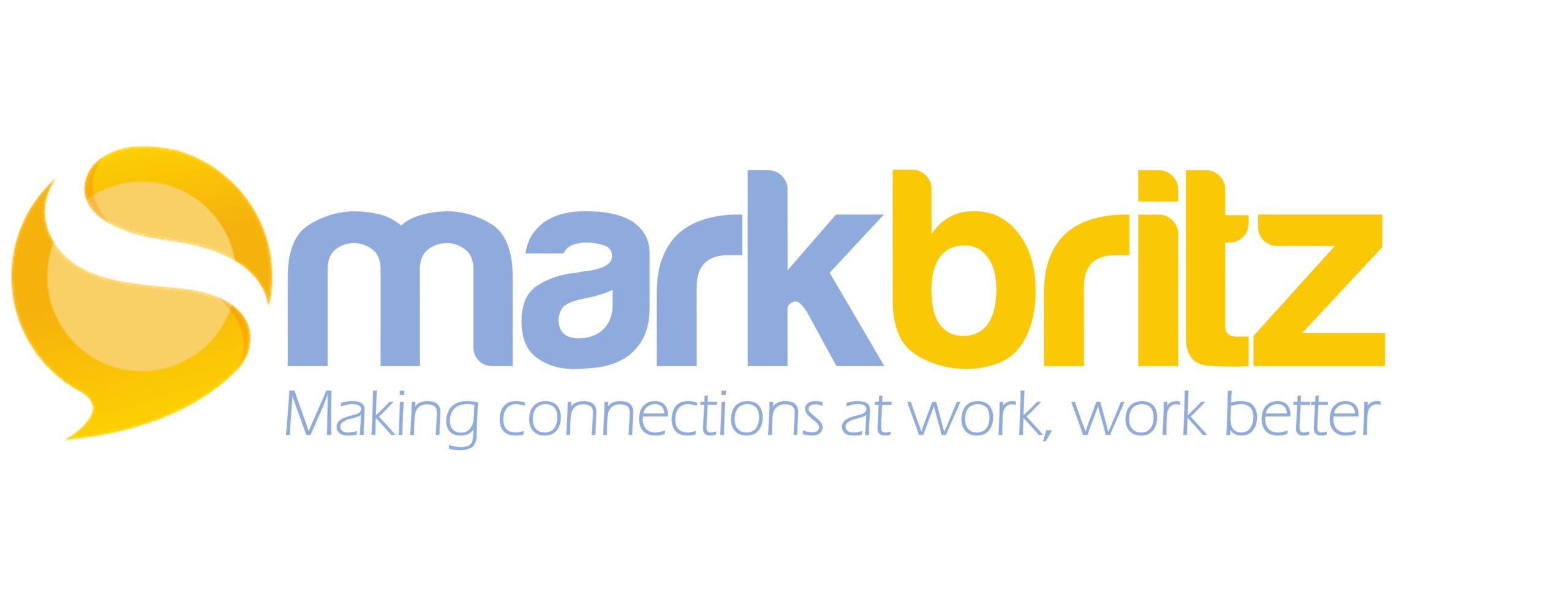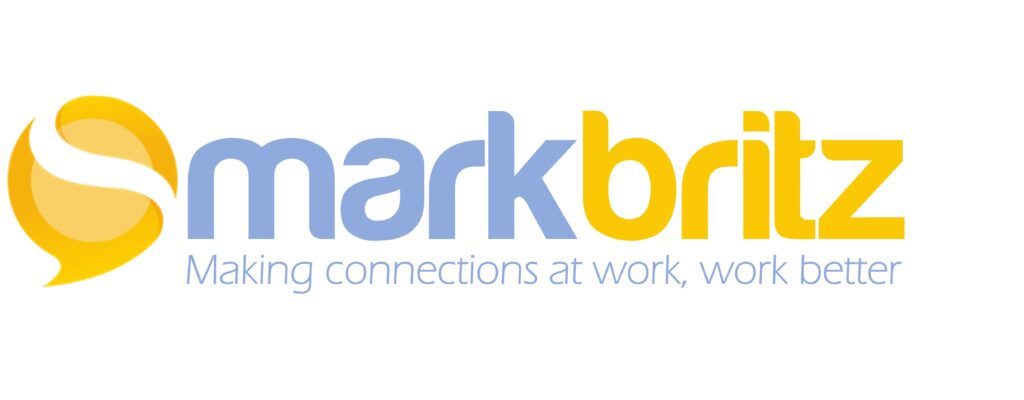I’ve always appreciated Social Network Analysis (SNA). I’ve even started taking a UC Berkley course on the topic in what I guess is a reverse learning path as I’ve known more of it practically through the work of Valdis Krebs and OrgNet and Jeppe Hansgaaard and Innovisor for example but decided I wanted to get closer to the theoretic understandings. SNA has a lot of value in identifying the nodes in networks (individuals can be nodes as can say a group of individuals or even an event), the pathways between them, divisions, and departments, etc. It can also then imply where breakdowns exist and who is influential. As I’ve learned, two nodes are connected if they regularly talk to each other, or interact in some way but this is where I get hung up. What are they talking about? What is the nature of the interaction? No, we don’t need, nor should we want, the word-by-word details as that is an invasion of privacy and ultimately a trust killer but SNA presents only as an x-ray where we can see the solid stuff, like which departments, groups, levels and roles are connecting. What would be of great value in my opinion is a social MRI, or a way to see the “soft stuff”, the very nature or type of conversation/exchanges being had.
Categorically I’ve committed to 3 basic areas; communal, cooperative, collaborative. And I’ve actually done this back in the early days of a very open/public and growing Yammer network. We simply downloaded about 300 engagements and conversations across various nodes and slotted them into one of three categories:
Communal: Friendly, non-work related banter
Cooperative: Unsolicited advice, resources, or ideas
Collaborative: Working together, Q&A, problem-solving between 2+ people
What this provided me was more a picture of the true relationships. In my analysis, I found an almost even split between all three behaviors… so what?
It led me to wonder – if through this type of data and analysis can we create a snapshot of our organization’s social health?
Can we see where things are positive and negative and make adjustments?
What does it mean if we determine that cooperative behaviors are higher than communal behaviors, where people are sharing business-relevant ideas and resources but not spending much or as much time on well wishes and small talk?
What does it mean if the organization is shown to be very swarming, coming together to solve problems but not putting as much energy into serendipitously sharing materials that could be beneficial to one’s work down the road?
Is balance necessary,? Or do different types of work environments require different levels of social engagement to be successful for businesses and individuals alike?
What about the size of an organization? or it’s level of maturity? Does that impact the nature of social exchanges and can it be adjusted?
If there is less collaboration than other areas is that a leading indicator of a change in creativity or innovation to come?
What if collaboration is high and communal is low? Does this impact the type of collaboration as limited to getting work done rather than the ability to tackle new challenges?
Of course, not all engagements are open so network analysis like I did would be limited, plus people connect in different ways and through different mediums. In the absence of technically extracting this data, surveying and documenting engagements by individuals themselves could be useful. I’m pondering a light-weight diagnostic approach that could take regular snapshots of this level of engagement as a way to take the temperature of the culture on a regular basis. Doing so could reveal how changes in the work environment (new initiatives, leadership, roles, technology) could be impacting the very critical social networks within and guide an organization to “pull the levers” in the three areas to help create more harmony for both people and the organization itself.

